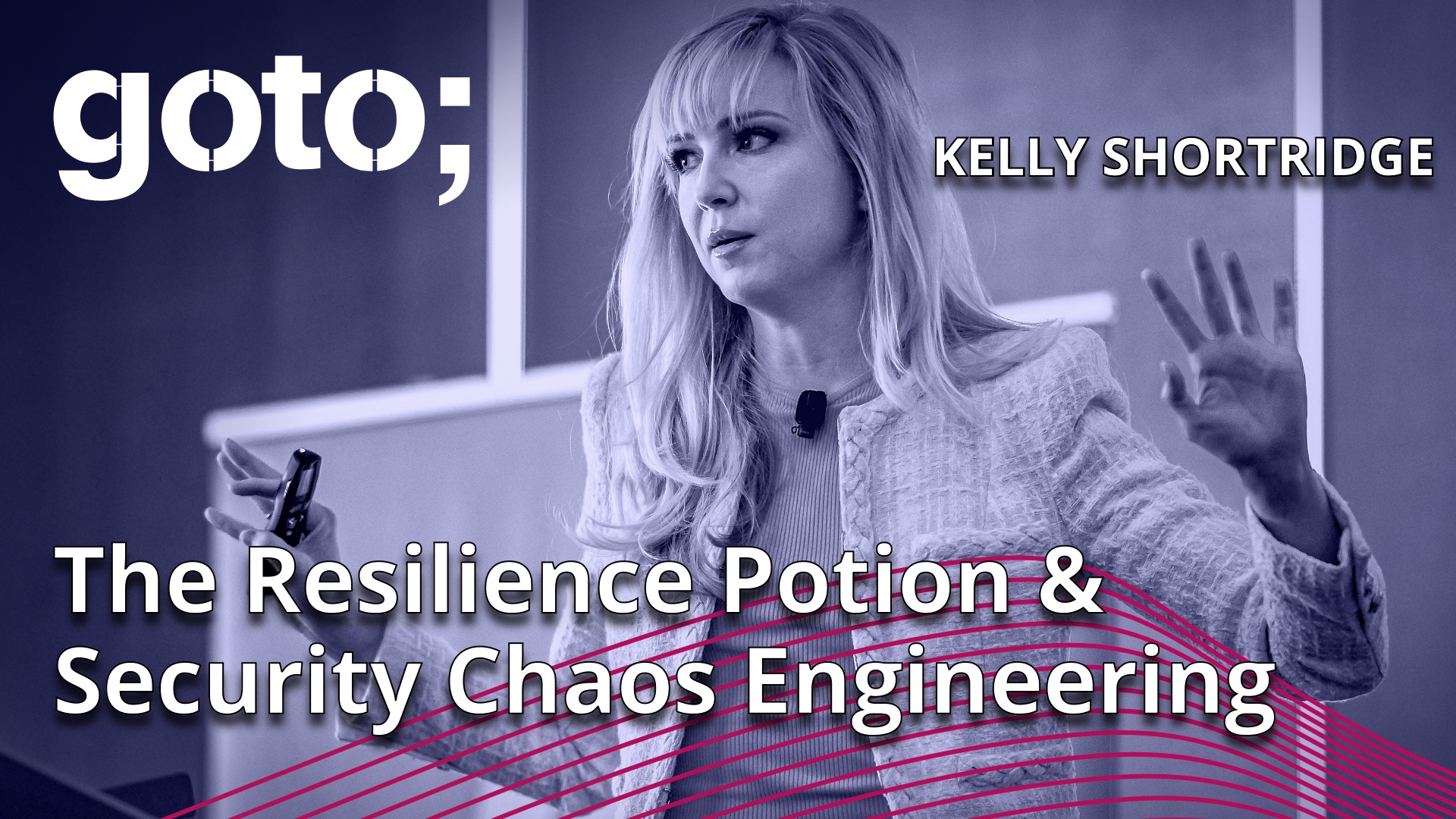Chaos Engineering
25 RESULTS
45:17

Developing a Chaos Architecture Mindset
GOTO Chicago 2018
39:40

Sh... Fail Happens: Fail-aware Events Processing on AWS
GOTO EDA Day London 2024
48:06

Breaking Things on Purpose
GOTO Amsterdam 2018
44:40

GameDays: Practice Thoughtful Chaos Engineering
GOTO Berlin 2018
47:07

Deprecating Simplicity 4.0
GOTO Copenhagen 2019
47:07

Deprecating Simplicity 3.0
GOTO Chicago 2019
52:16

Practical Magic: The Resilience Potion and Security Chaos Engineering
GOTO Chicago 2023
38:35

Ten Things We've Learned From Running Production Infrastructure at Google
GOTO Amsterdam 2023
24:53

Combining Chaos, Observability and Resilience to get Chaos Engineering - Making Chaos Engineering Boring: debunking myths hampering adoption
GOTOpia February 2021
32:54

Prerequisites for Chaos Engineering - The DiRT on Chaos Engineering @ Google
GOTOpia February 2021
22:07

Looking Back to Look Forward - Deprecating Simplicity - Building a New Test Culture
GOTOpia February 2021
24:35

Evening Keynote: Chaos Engineering
GOTOpia February 2021
46:39

Improving Business Resiliency with Chaos Engineering
GOTOpia February 2021
29:46

Discovering Risks in Systems Design: Chaos Engineering in Application & Cloud Security - How DBS Dispelled the Myths of Chaos Engineering
GOTOpia February 2021
25:47

Reliability Engineering Mindset
GOTO Book Club
37:58

GOTO Book Club Yule Special
December 23, 2020
27:37

Getting Started with Chaos Engineering
October 29, 2020
51:18

Security Chaos Engineering
May 26, 2022

The Chaos Behind Netflix’s 200m+ Members
February 5, 2021

Sarah Hsu
from
Goldman Sachs
Co-Author of "Building Green Software" & Project lead at Green Software Foundation
Browse all tags
Here




